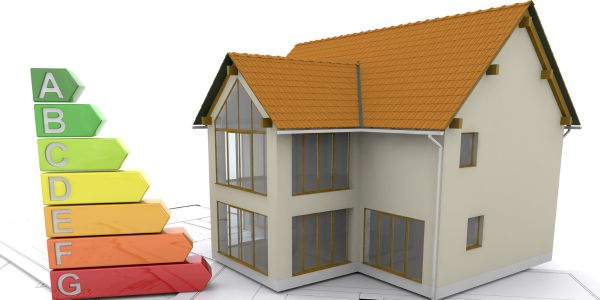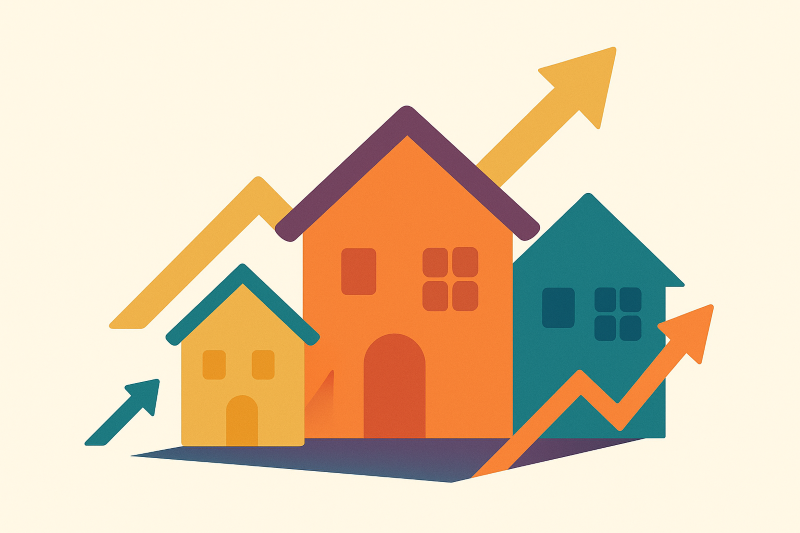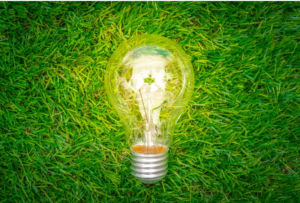
In today’s world, where energy consumption and its environmental impact are significant concerns, finding ways to save energy has become increasingly important. Not only does saving energy help reduce your carbon footprint, but it can also lead to significant cost savings on your utility bills. The good news is that you can take plenty of simple and practical steps right in your home to conserve energy.
This blog post will explore easy and actionable tips that can make a real difference in your energy consumption. From small adjustments in daily habits to implementing energy-efficient upgrades, you’ll discover various strategies to save energy and contribute to a more sustainable future.
Upgrade to Energy-Efficient Light Bulbs
One of the easiest and most effective ways to save energy in your home is by switching to energy-efficient light bulbs. Traditional incandescent bulbs consume a lot of energy and generate excess heat, which is wasted energy. You can significantly reduce your energy usage by replacing them with energy-efficient alternatives like LED or CFL bulbs. These bulbs consume less electricity, last longer, and emit less heat, making them a win-win solution for both the environment and your wallet.
Unplug Electronics When Not in Use
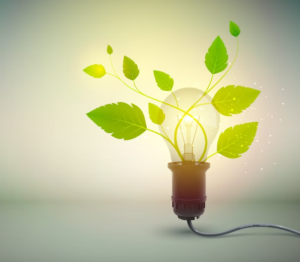
Many electronic devices consume energy even when turned off but remain plugged into the socket. This phenomenon, known as “standby power” or “vampire power,” can contribute to considerable wasted energy over time. To combat this, make it a habit to unplug electronics such as chargers, televisions, computers, and kitchen appliances when they are not in use. Alternatively, you can use power strips with an on/off switch to easily cut off power to multiple devices simultaneously.
Optimise Heating and Cooling Systems
Heating and cooling systems account for a significant portion of a household’s energy consumption. By optimising these systems, you can save energy and create a more comfortable living environment. Start by properly insulating your home to prevent heat loss in winter and heat gain in summer. Seal any drafts around windows and doors, and consider adding insulation to your attic and walls.
Additionally, programmable thermostats are an excellent investment for energy savings. They allow you to set specific temperatures for different times of the day, ensuring your heating or cooling system operates efficiently when needed and reduces energy consumption when you’re away or asleep.
Use Natural Light and Efficient Lighting Practices
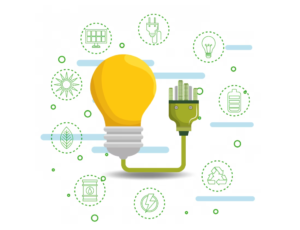 Harnessing natural light can make a noticeable difference in reducing energy consumption. Open curtains and blinds during the day to take advantage of natural daylight and turn off unnecessary lights in rooms with ample sunlight. Consider installing skylights or light tubes in areas with limited access to natural light to minimise the need for artificial lighting.
Harnessing natural light can make a noticeable difference in reducing energy consumption. Open curtains and blinds during the day to take advantage of natural daylight and turn off unnecessary lights in rooms with ample sunlight. Consider installing skylights or light tubes in areas with limited access to natural light to minimise the need for artificial lighting.
Furthermore, adopting efficient lighting practices can help save energy. Encourage using task lighting, where only the necessary areas are illuminated, rather than relying on overhead lights. Encourage family members to turn off lights when leaving a room to prevent unnecessary energy waste.
Upgrade to Energy-Efficient Appliances
Home appliances, such as refrigerators, washing machines, dishwashers, and air conditioners, are becoming increasingly energy-efficient. When it’s time to replace your old appliances, opt for models with the ENERGY STAR label. These appliances meet strict energy efficiency guidelines set by the Environmental Protection Agency (EPA), ensuring significant energy savings compared to standard models. 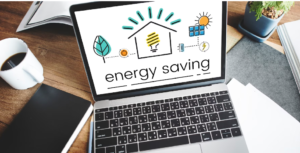
Efficient Water Usage
Conserving water goes hand in hand with saving energy. Implementing water-saving practices, such as taking shorter showers, fixing leaky faucets, and using efficient appliances like low-flow showerheads and toilets, not only conserves water but also reduces the energy required to heat and treat water.
Conduct an Energy Audit
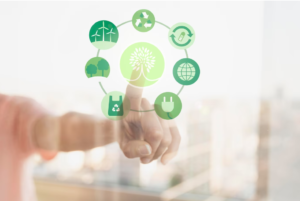 Consider conducting an energy audit of your home to identify areas where energy efficiency can be improved. You can hire a professional energy auditor or conduct a self-assessment by going room by room and identifying potential energy-saving opportunities. An energy audit can help pinpoint air leaks, insulation issues, inefficient appliances, and other areas where improvements can be made.
Consider conducting an energy audit of your home to identify areas where energy efficiency can be improved. You can hire a professional energy auditor or conduct a self-assessment by going room by room and identifying potential energy-saving opportunities. An energy audit can help pinpoint air leaks, insulation issues, inefficient appliances, and other areas where improvements can be made.
Saving energy doesn’t have to be complicated or costly. By implementing these easy and practical tips in your home, you can contribute to a more sustainable future while enjoying the benefits of reduced utility bills. Remember, every small change adds up, and we can significantly impact energy conservation. Start today and take the first step towards a greener, more energy-efficient home.
The option for Green Mortgages
Much has been said about Britain’s drive to improve energy efficiency and the growing demand for green investment. To qualify for a green home loan, specific criteria must be met. Here are some important factors to consider:
Energy Performance Certificate (EPC) Rating:
Most green mortgage schemes require a minimum Energy Performance Certificate (EPC) rating. The EPC evaluates a building’s energy efficiency and assigns a rating from A (most efficient) to G (least efficient). To qualify for a green mortgage, your property usually needs a rating of B or higher. If your property has a lower rating, you may need to carry out energy-efficient upgrades to qualify.
Property Assessment:
Lenders offering green mortgages may require a property assessment to evaluate its energy efficiency or renewable energy features. This assessment checks the sustainability of your property and ensures it meets the lender’s green criteria. The assessment may consider insulation, heating systems, renewable energy installations such as solar panels, and other energy-efficient features.
Investing in Energy Efficiency:
If your property has a low EPC rating or lacks energy-efficient features, you may need to invest in upgrades to improve efficiency. These upgrades can include better insulation, energy-efficient windows, improved heating systems, and renewable energy solutions. These improvements increase sustainability, boost property value, and make it more attractive to green mortgage lenders.
Researching Green Mortgage Providers:
Not all lenders offer green mortgages, so it is important to research and identify those that specialise in such loans. These lenders often provide programmes with favourable terms, such as lower interest rates or additional incentives for energy-efficient properties.
Consulting with Mortgage Advisers:
Working with mortgage advisers who understand green mortgages can offer valuable support during the application process. They can help explain the requirements, recommend suitable lenders, and advise on energy-efficient improvements to increase eligibility for a green home loan.
Final Considerations:
Qualification requirements for green mortgages can vary between lenders. Consulting a mortgage adviser specialising in green mortgages can help you understand the specific criteria and available options.
Looking at renovations?
Finding a suitable house to renovate can be challenging, often considered one of the most difficult aspects of the renovation process. You can read more about this in our other blog, Discover The Significance of Renovating.
Thank you for reading our “Things To Do To Save Energy in Your Home | A Connect Guide.” Stay “Connect“-ed for more updates soon!

